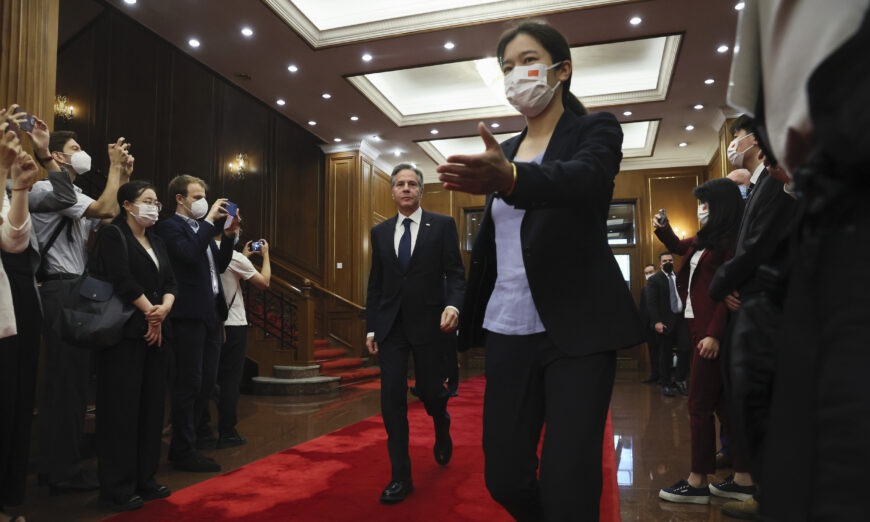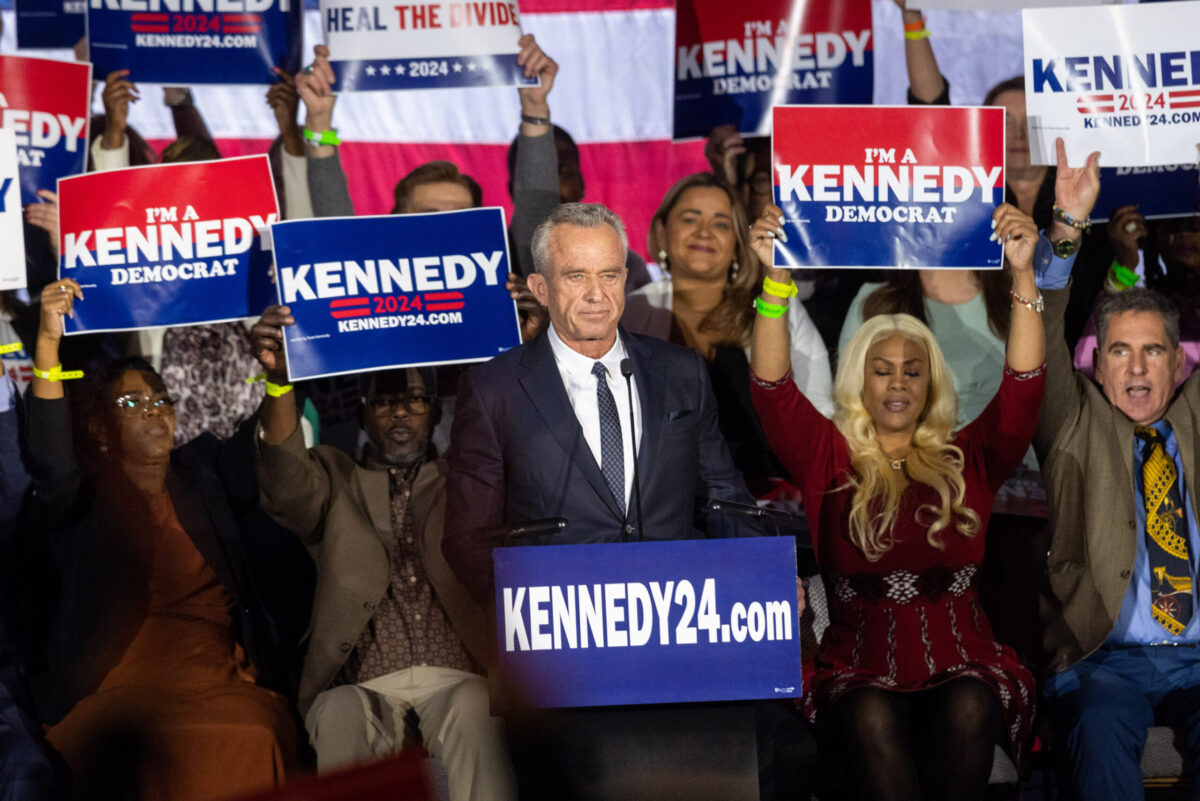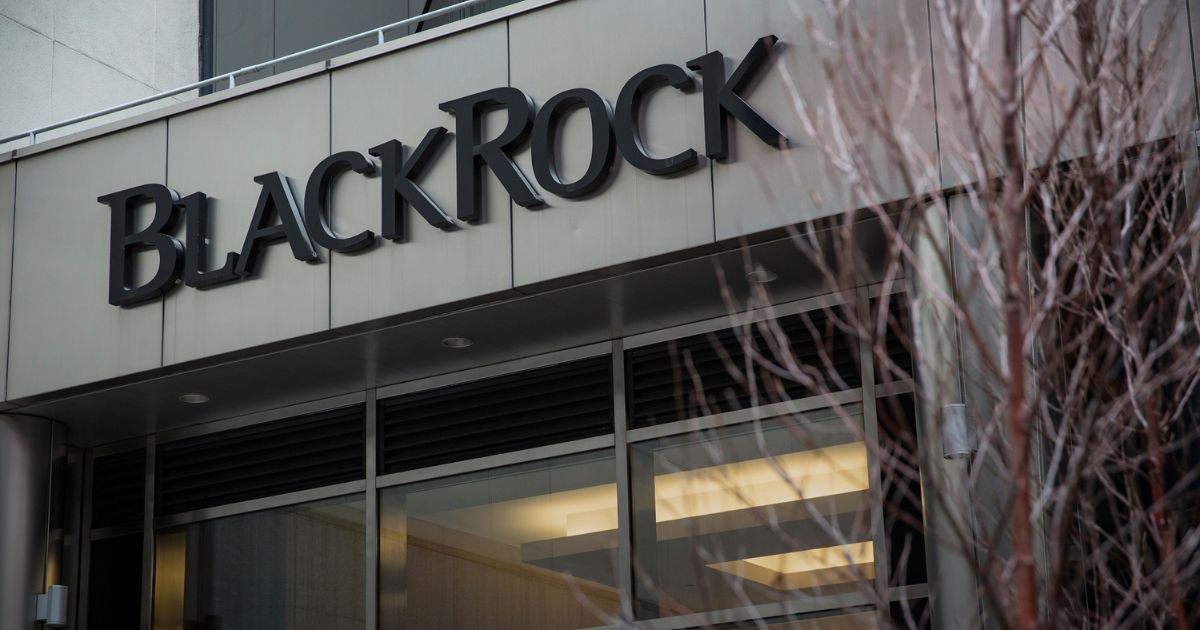Steven W. Mosher: How China Is Buying the World
Last week, Ranil Wickremesinghe, who became president of the island nation of Sri Lanka last summer, was finally able to succeed where his beleaguered predecessor had failed: An agreement with the International Monetary Fund (IMF) to reschedule $3 billion in debt.
The deal will provide Sri Lanka with an additional four years to satisfy its IMF obligations, which are crippling the nation with inflation.
It’s a good start, but the MIF deal does nothing to mitigate the country’s real debt burden, the nearly $7.5 billion it owes to China.
You’ve heard of “failed states” like Somalia, where the central government has basically ceased to exist. And then there are “narco states” where the trafficking of drugs — and often people — is the chief function of the criminal gangs that run the country.
But have you heard of Sino states?
Located from the South Pacific to South America, Sino states are countries whose ports, railroads, resources – and even governments and economies – are deep in China’s pockets.
And as Beijing further extends its military and economic reach, Sino states are multiplying. “China is on the march globally, bending dozens of countries to its will,” observes Australian defense analyst David Archibald, “and this includes here in the South Pacific, where [China] is eyeing the World War II Japanese base on Guadalcanal in the Solomon Islands.” (Spoiler alert: Last year China lent the Solomon Islands $66 million to upgrade their telecommunications infrastructure.)
Sri Lanka is a prime example of a Sino-state, and so is Ecuador – which currently owes China nearly $4.5 billion in unpaid loans.
This sum includes billions to the Chinese construction company Sinohydro, responsible for Ecuador’s dismally faulty – and corruption-laden – Coca Codo Sinclair hydroelectric plant.
The $2.7 billion infrastructure giant – one of four built by China across Ecuador – is not only riddled with thousands of cracks but is at risk of systemwide failure, according to local engineers.
Countries such as Sri Lanka and Ecuador arrived at “Sino-State”-status because Beijing is buying up natural resources, building infrastructure, and bribing officials at a furious pace.
Much of this effort is part of China’s trillion-dollar Belt and Road Initiative (BRI), which is one of the biggest construction efforts in human history.
Via mega-projects like BRI, China intends to outmaneuver and outcompete the West.
And judging by Beijing’s canny use of loan promises to convince Honduras to support China over longtime ally Taiwan last week, the PRC has no intention of playing fair anytime soon.
The US is well aware of China’s global march – so much so that Vice President Kamala Harris was dispatched to Africa this past week specifically in order to counter Beijing’s ever-growing influence across the continent.
Stops on Harris’ nine-day trip include Ghana, Tanzania, and Zambia, all of which are heavily indebted to China and are at risk of becoming the Sino States.
Here are several other nations poised to become Sino States in the making.
Sri Lanka:
In 2002, Chinese officials came waltzing into Sri Lanka with grand plans to build an international port, offering $1.1 billion in loans and state-owned contractors to build it.
Called Hambantota, the port, along with power stations and an airport, was supposed to rejuvenate the island’s economy.
It was obvious why China was interested in Sri Lanka. Not only does it sit smack dab on the sea lanes that bring oil from the Middle East to China, but it’s also not far off the east coast of China’s most important Asian adversary — India.
For reasons unknown to anyone except, perhaps, their bankers, Sri Lankan leaders signed on to Hambantota.
No one bothered to determine if such a port would be commercially viable, or even generate sufficient revenue to pay back the loan.
Everyone was happy until the loan came due, and the Colombo government belatedly realized that it could not afford to make it good.
In 2017, Sri Lanka was forced to hand over the port to Chinese control on a 99-year lease.
In the years since, the country has continued to pile up debt, its population plunged into hunger, and politicians forced to beg both Beijing and the IMF for debt relief.
This is China’s debt-trap diplomacy in action, and it has put Sri Lanka straight on a path toward Sino state-status.
A Chinese Navy vessel has recently made a port call, which was clearly part of Beijing’s plan from the beginning.
Pakistan:
China has been luring Pakistan down the road towards Sino State-hood since the days of Mao.
Beijing even handed over a nuclear weapons kit to Islamabad in the 1980s, in the most flagrant violation of the nuclear nonproliferation agreement in history.
But the effort has picked up steam since Xi Jinping announced the BRI in 2013. In fact, the so-called China-Pakistan Economic Corridor, which connects China to Pakistan’s Indian Ocean port of Gwadar, is the crown jewel of all the Belt and Road projects.
China promised Pakistan that its participation in BRI would transform its “all-weather ally” into a prosperous regional trade hub. Instead, it has left perennially bankrupt Pakistan even deeper in debt – estimated in excess of $30 billion to Chinese lenders.
The US is not pleased: “We have been very clear about our concerns not just here in Pakistan, but elsewhere all around the world about . . . debt owed to China,” said US State Department Counselor Derek Chollet during a visit to Islamabad in February.
To make matters worse, analysts report that “Chinese companies have often obtained long-term contractual rights to operate road and energy infrastructure and to collect electricity or toll fees at guaranteed high prices.”
In other words, not only is Pakistan on the hook for the original loan, but ordinary Pakistanis are paying a premium to use the roads and power that their taxes have already funded.
With Sri Lanka to the east, and Pakistan to the West, China is adding layers of strategic depth to its encirclement of India.
Equally importantly, Beijing gains a land route to the Indian Ocean, enabling it to bypass the risky passage through the Malacca Strait into the South China Sea in the event of a conflict.
And, who knows, Chinese Navy ships may soon be making port calls in Gwadar.
Djibouti:
Low-key Djibouti is another link in China’s growing chain of Sino states.
The tiny country in the Horn of Africa has no natural resources.
But, sitting as it does at the entrance to the Red Sea, it does offer one great natural advantage: Whoever controls Djibouti controls access to the Suez Canal, through which roughly half the world’s trade passes.
Eager to command this strategic chokepoint, China has moved into Djibouti in a big way. Scarcely had the BRI been announced in 2013 than Chinese construction crews were busy constructing a major port in the country.
But China also wanted control over an existing container terminal as well.
So in early 2018 Djibouti officials kicked out the previous terminal operator and brought in a state-controlled firm from China.
Barely five years later, Djibouti is now home to China’s first overseas military base – along with roughly $1.5 billion in Chinese debt.
The PLA presence is sizable and growing, and Chinese warships are now making regular port calls.
Critics say that what China has done in Djibouti signals what it eventually would like to do with all the ports, railroads, airports and other infrastructure it has built around the world in recent years.
“China is building up the global port and airfield infrastructure – along with the political influence – that will eventually give the PLA access to facilities throughout the world and allow a global military presence,” says Col. Grant Newsham, the author of “When China Attacks.”
“Just like America has,” he says.
Cuba:
The island of Cuba did not start out as a Sino state — for three decades it was a Soviet client state — but it seems to have ended up as one.
The collapse of the Soviet Union sent Castro scurrying to Beijing in search of another Communist Big Brother.
China was happy to have a foothold 90 miles away from Florida and quickly moved in to construct an electronic eavesdropping station on the island to spy on the US.
Trade was ramped up as well, and China is now Cuba’s second-largest trading partner after Venezuela.
In 2018, Chinese construction companies completed their biggest project yet with their Caribbean partner: A modern container port in Santiago, Cuba.
But the greatest benefit that Cuba has received from its Sino-State status is a modern telecommunications system. Manufactured by Huawei, this allows the Cuban secret police — and probably Chinese intelligence as well — to directly monitor all communications in real-time, censoring, blocking, and locking out people as necessary.
That’s exactly what Havana did when island-wide demonstrations for freedom broke out last year.
As hundreds of thousands began to take to the streets, and the world began to take notice, the authorities simply shut down the entire network.
In the digital darkness that followed, the demonstrations were crushed.
One benefit of being a Sino-state is that the CCP will help you hold onto power.
Nothing works better than a Chinese-manufactured totalitarian kill switches to silence a popular uprising.
Angola:
China’s first big Sino-state play in Africa was in Angola, which in 2002 was just emerging from a disastrous 27-year civil war.
The country offered no geostrategic advantage for China, but it did have massive oil reserves.
We will rebuild your aging infrastructure, Beijing said, if you commit to selling us the oil at a discount.
Some 20 years later, Angola has borrowed $40 billion from Beijing and still must pay back roughly half of it.
The winners of Angola’s civil war had first turned to the West for funding to rebuild their devastated country.
But they accepted China’s offer after Western aid agencies asked them to allow freedom of the press and commit to free elections.
China — the best friend of dictators everywhere — set no such conditions.
And over the subsequent two decades, hundreds of thousands of Chinese workers have sojourned in Angola, building up not only the oil infrastructure, but roads, bridges, ports, and housing.
Like in Ecuador, much of what China has constructed is faulty, if not inoperable.
The massive Chinese-built Nova Cidade de Kilamba, for instance, was envisioned as a futuristic, modern-design “satellite town” spread across 5,000 acres 18 miles from the Angolan capital of Luanda.
Thousands of residents were expected to move in, but today the place is a ghost town, with few homes occupied – and many crack-ridden and falling apart.
Sino State citizens not only have to live with these often poorly constructed projects but back China for building them in the first place.
And if they can’t – whether in Africa or Asia or South America – the port, railroad, or power plant defaults to Chinese control.
Worst of all, under Chinese influence, their country becomes steadily more dictatorial — just like the original Sino state itself — the People’s Republic of China.
Steven W. Mosher is the president of the Population Research Institute and the author of “Bully of Asia: Why China’s Dream is the New Threat to World Order.”
" Conservative News Daily does not always share or support the views and opinions expressed here; they are just those of the writer."




